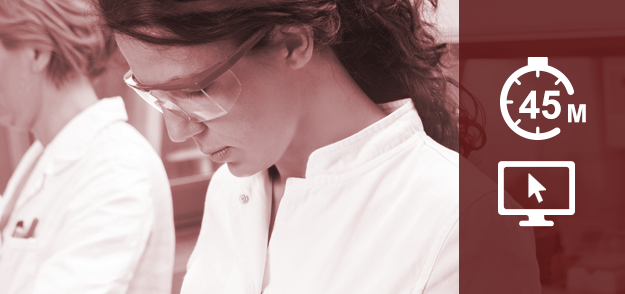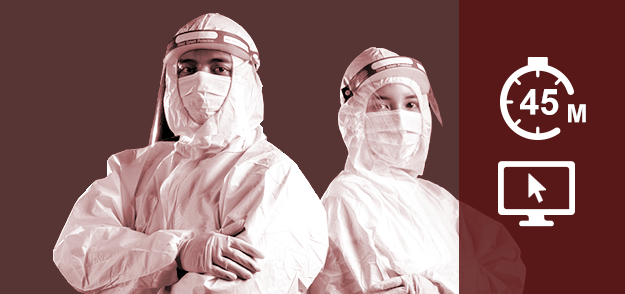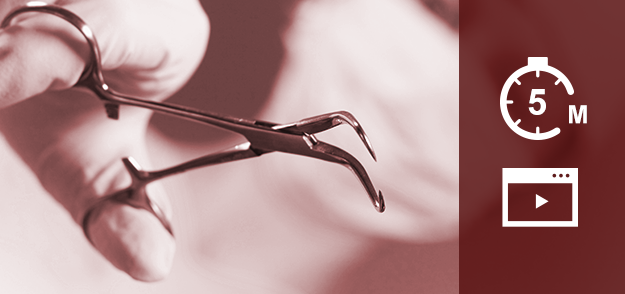
An overview of microbiology with a biosafety context including microorganism characteristics, pathogen identification, and factors causing disease.
Audience: Laboratory personnel, biosafety professionals
Resource Type: E-Learning
Duration: 45 minutes
This course is also available in Portuguese and Spanish.
Update: February 2023

An overview of lab biosafety including risk assessments, exposures to pathogens, exposures to chemical hazards, and the rules that should be followed in a lab.
Audience: Students, visitors to laboratories
Resource Type: Video
Duration: 20 minutes
Update: August 2023

Practices to identify the purpose of personal protective equipment and identify which equipment to use in your environment.
Audience: Laboratory personnel, biosafety professionals
Resource Type: E-Learning
Duration: 45 minutes
Update: February 2024

Practices to use biological safety cabinets, including the elements required for proper use in a lab, and the safety considerations
Audience: Laboratory personnel, biosafety professionals
Type de ressource : Module d'apprentissage en ligne
Durée : 45 minutes
Update: April 2024

Learn about laboratory acquired infections and intoxications both in historical trends and carried forward today.
Audience: Laboratory personnel, biosafety professionals
Resource Type: E-Learning
Duration: 45 minutes
Updated: June 2024

A tool to help countries or regions build or strengthen their biosafety and biosecurity systems to mitigate risks when working with biological agents.
Audience: Scientists, legal, political, security or policy personnel
Resource Type: E-Learning
Duration: 6 hours
Updated: June 2024

Working in a laboratory can expose individuals to a range of sharps hazards. This video provides an overview of a range of potential sharps risks, and demonstrates these risks through specific actions and behaviours that should be avoided. An emphasis is placed instead on using preventative measures and proper equipment to ensure that risks are reduced for workers in a laboratory when sharps are present.
Resource Type: Video
Duration: 5 minutes
Update: July 2024